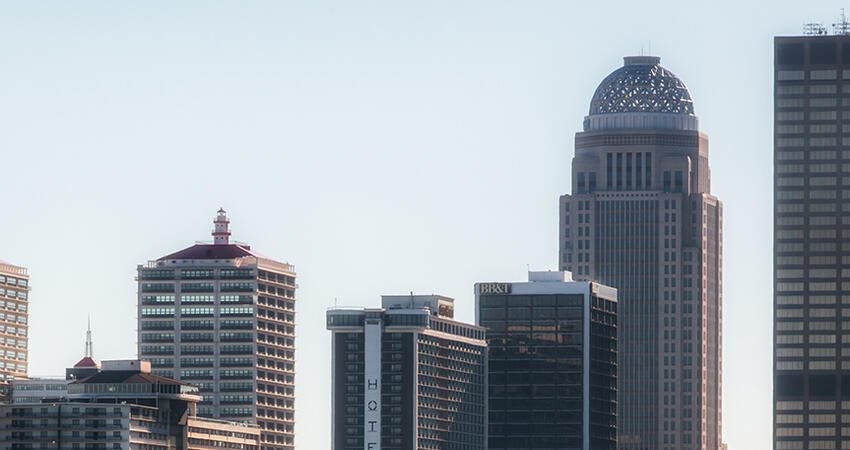
Does HOPE VI Help People or Places?
- Title:
- Does HOPE VI Help People or Places?
- Author:
-
Jelisa Clark, Cynthia Negrey
- Source:
-
City & Community
- Publication Date:
-
2017
The HOPE VI program intends to build communities and eliminate poverty by creating mixed-income neighborhoods. In their new paper, Jelisa Clark and Cynthia Negrey studied local officials’ motives for redeveloping HOPE VI sites, using the Liberty Green community in Louisville, Kentucky, as a case study. Liberty Green was built over a public housing development called Clarksdale that was reportedly plagued by crime and prostitution. The researchers selected it because the changing housing market in downtown Louisville and the presence of previous HOPE VI developments allowed for comparison of the housing authority’s rationale of choosing Clarksdale for the site. The authors conducted interviews and analyzed articles in Louisville Business First and Census Bureau data to determine whether Liberty Green achieved the goals of HOPE VI by demolishing Clarksdale. Local officials believed Liberty Green to be successful because it met HOPE VI’s goals of neighborhood development. They did not evaluate its success based on whether its public housing residents were better off. The authors found that the most disadvantaged people served by public housing do not receive benefits as much as those who are upwardly mobile.
Key findings
- Neighborhood development emerged as the primary goal of HOPE VI, emphasizing physical change to the neighborhood over resident self-sufficiency.
- Demographic changes to the neighborhood suggest a marked change in the populations served by the Liberty Green development.
- Choice Neighborhoods, the successor to HOPE VI, maintains the public-private financing objective for public housing and emphasizes neighborhood and community development goals and has the potential to prioritize place over people, similar to HOPE VI.